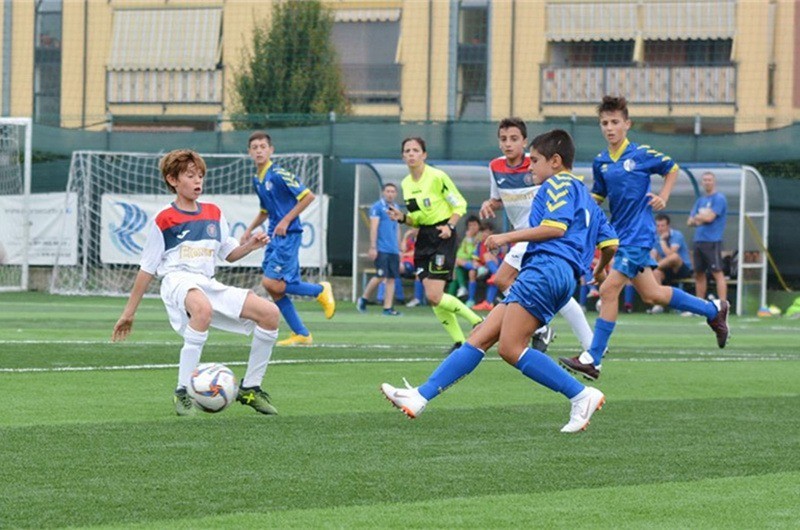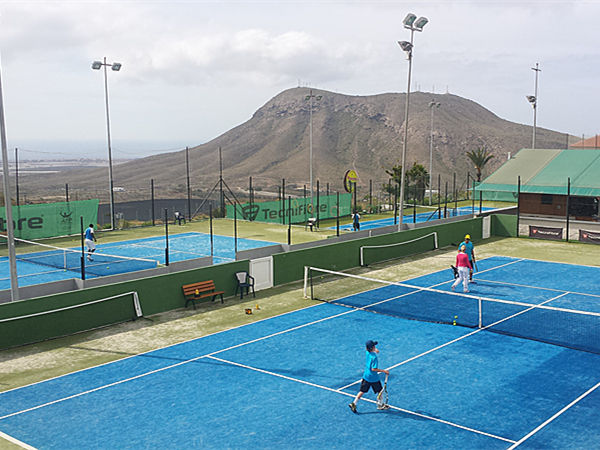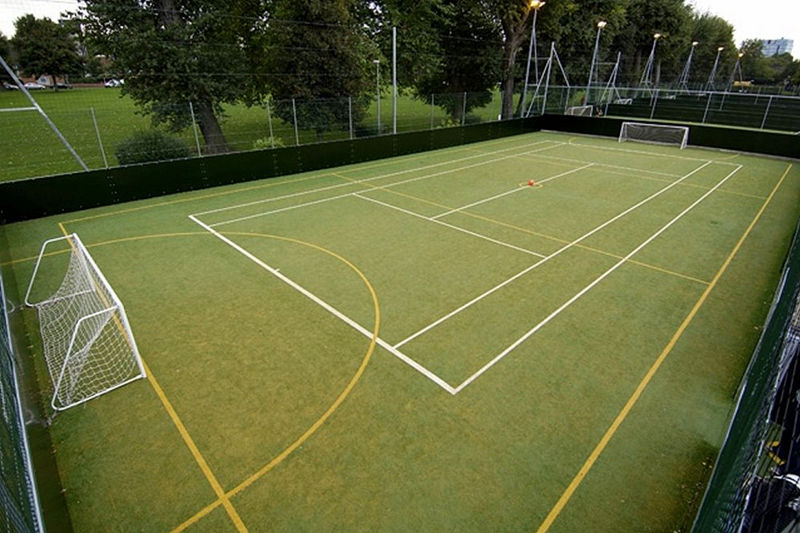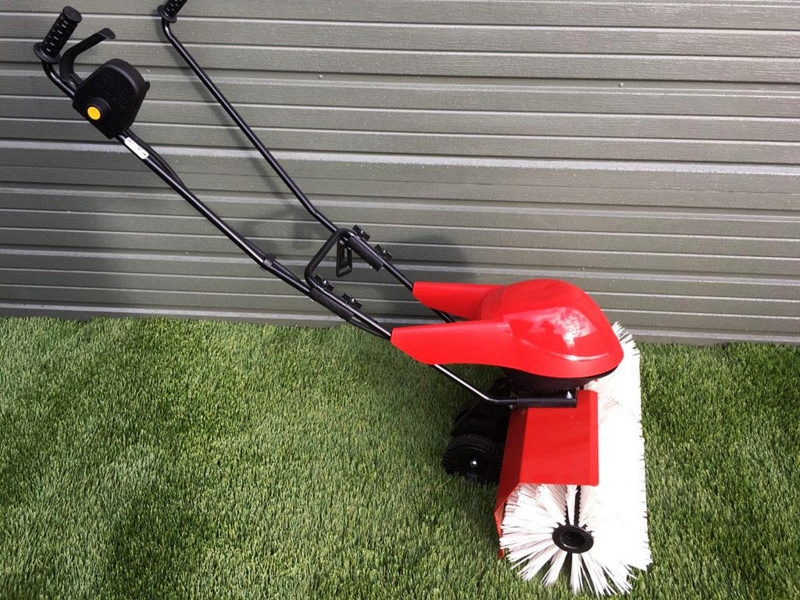Having a garden or landscape with artificial grass offers numerous benefits, from the elimination of mowing and weeding to the constant lush green appearance. However, it’s important to understand that artificial grass still requires regular maintenance to ensure its longevity and visual appeal. In this comprehensive guide, we will explore the essential steps for maintaining your garden or landscape artificial grass, allowing you to enjoy a beautiful and hassle-free outdoor space.
Table of Contents
Clearing Debris and Dirt
Keeping your artificial grass free from debris and dirt is crucial for maintaining its pristine condition. Regularly remove leaves, twigs, and any other loose objects that may accumulate on the surface. Use a plastic rake or simply pick up larger debris by hand. Avoid using metal rakes, as they can damage the grass fibers. By keeping your artificial grass clear of debris, you ensure proper drainage and prevent the growth of unwanted organisms.
Brushing and Grooming
To maintain the natural appearance of your artificial grass, regular brushing and grooming are necessary. Use a stiff brush or a specialized artificial grass brush to gently brush against the grain of the fibers. This process helps to prevent flattening and matting of the grass, especially in high-traffic areas. By brushing the fibers, you keep the blades upright and maintain the overall lushness of your lawn or landscape.
Cleaning Spills and Stains
Accidental spills or stains can occur in your garden or landscape, but they can be easily addressed. Start by blotting any liquid spills using a clean cloth or paper towel. For solid spills, carefully remove the residue and then treat the area with a mild soap or detergent mixed with water. Gently scrub the affected area and rinse thoroughly with clean water. Avoid using harsh chemicals or solvents, as they can damage the artificial grass. For stubborn stains, consult the manufacturer’s guidelines or seek professional assistance.
Managing Pet Waste
If you have pets, managing their waste is crucial for maintaining a hygienic and odor-free garden or landscape. Promptly remove solid waste using a plastic bag and dispose of it properly. Rinse the area with clean water to remove any residual waste. For urine, dilute it with water and rinse the affected area thoroughly. To minimize pet odor, you can use pet-friendly deodorizers or enzyme-based cleaners specifically designed for artificial grass.
Addressing Weed Growth
While artificial grass significantly reduces weed growth, occasional weed sprouts may appear in your garden or landscape. It’s important to address them promptly to prevent further infestation. Use a weed killer specifically formulated for artificial grass, following the manufacturer’s instructions carefully. Avoid using herbicides or weed killers that contain chemicals harmful to artificial grass. Regularly inspect your garden or landscape for any signs of weed growth and address them promptly to maintain the pristine appearance of your artificial lawn.
Preventing Fading and Discoloration
To keep your artificial grass looking vibrant and lush, it’s important to prevent fading and discoloration caused by excessive sunlight or exposure to certain chemicals. Consider providing shade to your lawn or landscape using umbrellas, trees, or pergolas. Avoid placing hot objects directly on the grass surface, as they can cause discoloration. Furthermore, be cautious when using chemicals such as fertilizers or pesticides near the artificial grass, as they can affect its color and texture. Follow the manufacturer’s guidelines and recommendations for any chemicals used in your garden or landscape.
Repairing Damaged Areas
In the event of small tears or damaged areas in your artificial grass, you can repair them to maintain the overall integrity of your lawn or landscape. Sewing the edges of the artificial grass together using UV-resistant and rot-proof thread can minimize the visibility of small tears. For larger damaged areas, cutting out the affected piece and replacing it with a new one is necessary. Ensure the directional grain of the new piece aligns with the existing lawn or landscape and use seam tape or adhesive to join them together.
By following these comprehensive maintenance steps, you can ensure the long-term beauty and durability of your garden or landscape artificial grass. With proper care, your lawn or landscape will continue to provide a lush and inviting outdoor space for you and your family to enjoy throughout the seasons. Embrace the convenience and beauty of artificial grass while creating a hassle-free oasis in your own backyard or landscape.




